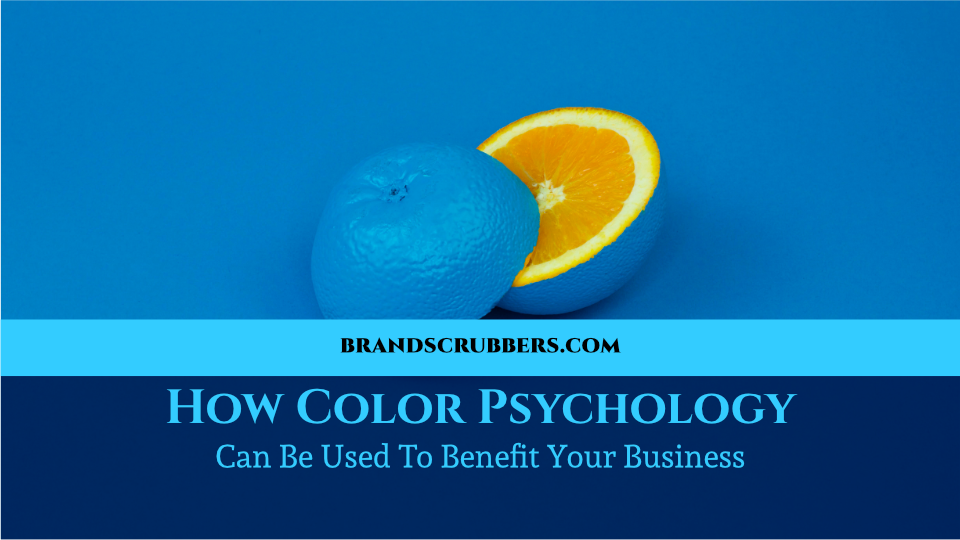As we’ve mentioned before, your logo is a symbol of your brand. It’s just as important as your brand imagery. If you look further into many iconic logos in business you will find a hidden meaning, something that connects with the brand. Branding is the story of a business and is the first impression a potential customer will have. However, the element of color psychology plays a huge part in brand development.
What colors you include in your brand can say a lot to potential customers. For established brands it can be a color linked to their brand identity and for new brands it’s an attempt to get new eyes on their brand.
Logos are a powerful object to utilize in your business. It becomes the visual recall aspect that can bring potential customers to you.
Here is a color-wheel example of how established brands utilize colors in their branding:
Popular Colors In Branding
There is a very strong link between color and your brand identity. Looking at logos of Fortune 500 companies, it’s noticeable that the color blue is a prominent trend among these companies. Blue is not an offensive color, it’s safe, and adds sophistication to your brand. These are feelings people associate with the color blue in a brand.
Then you have the second most popular color to include in brands, red. This is a bold choice for a brand and creates a sense of dominance in the industry to potential customers. After all, those who exude boldness and confidence generally show more success in the business world.
It’s important to understand how color psychology works when choosing colors for your brand. You want to emit feelings from your audience and potential customers that will bring them closer to your brand. How you utilize colors can make or break a relationship with potential customers.
Color Psychology and Human Behaviours
Color psychology looks at the relationship and reaction between certain colors and human responses. It’s said that you can trigger certain behaviours from people using particular colors.
While there are visible patterns between color and human responses, they’re not set-in-stone rules. People react differently than others. For example, while one person may look at red as an exciting and confident color, someone else may associate with it more negatively. You can’t please or attract everyone to your brand. However, you can research how your “ideal client” may react to your brand colors. Your audience is most likely full of variety. Having an audience full of different cultures, genders, and age can result in your brand colors being identified in different ways.
There’s no magic color palette or scheme of colors you can put together for your brand that will generate guaranteed success. However, you can definitely utilize color psychology in determining what is the best course of action to take on your brand colors.
The style and clarity of your colors is also critical when attracting potential customers. For example, when you see fluorescent colors it can sometimes cause you to have to squint in order to fully take in what the brand is. While if you use matte or bold colors they can be more eye-catching, subtle, and gentle on the eyes. Either option is a good option, depending on the audience you’re looking to attract. Having your “ideal client” in mind at all times when deciding your brand colors is critical to success.
Color Psychology Trends
While following the trends and patterns of colors isn’t the “be-all-end-all”, it’s still important to follow them and adjust how you use color psychology to fit. There’s many brands out there that update their logos every 3-5 years while staying true to their core brand identity, take our brand for example!
Keep your business goals in mind when making the decision to follow trends in color psychology. If your business focuses on a niche market or a specific social trend (i.e. selling fidget spinners) than it may be beneficial to follow color psychology trends and adjust as you need. However, if you’re brand is something you want to stand tall for decades to come, something timeless may be more fitting with your direction. That doesn’t mean you can’t follow color psychology trends, it just means you’ll need to be careful with the adjustments you make to stay true to your brand identity.
Here is how some colors are brought to mind by people:
Make sure to choose colors that fit with your brand identity and ideal customer. Utilize color psychology to relate to your audience and get the eyes of potential customers. Learn more on how to have a successful brand identity.





Recent Comments